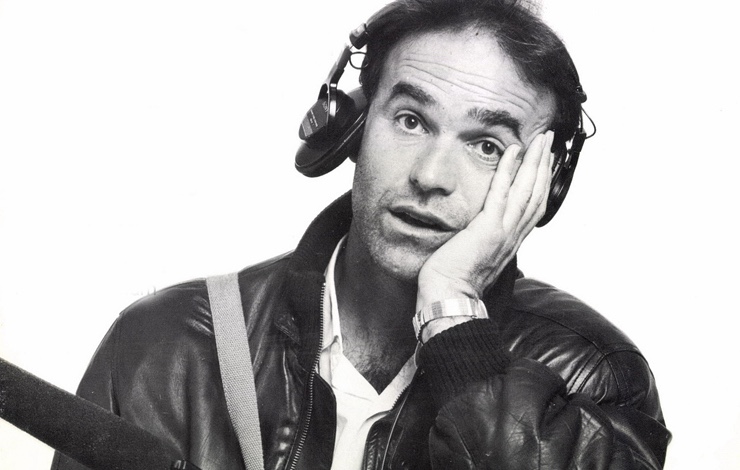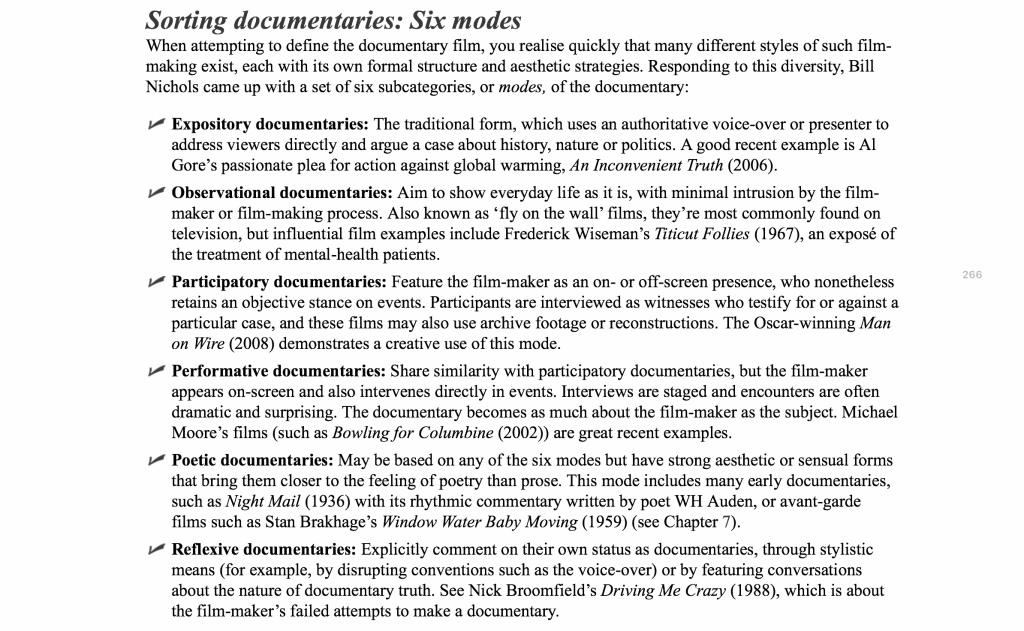Nick Broomfield is an English documentary filmmaker known for his highly influential self-reflective style of documentary. Initially regarded as a performative documentarian, Broomfield begun to employ non-actors to play themselves in scripted works, beginning in the early 2000s. Broomfield refers to his work as ‘Direct Cinema’, attempting to capture his subjects as directly as possible.
Broomfield, like Michael Moore, has developed a participatory, performative mode of documentary filmmaking. Broomfield is an investigative documentarist with a distinctive interview technique which he uses to expose people’s real views. Like Watkins, he keeps the filmmaking presence to a minimum, normally with a crew of no more than three. He describes his films as ‘like a rollercoaster ride. They’re like a diary into the future.’

Broomfield can often be seen within his films, recording sound himself with a couple of camera operators at his side. Because of this, Broomfield’s films, such as Kurt and Courtney and the Aileen duology, are often categorised as either participatory or performative documentaries. Despite this, his films such as Driving Me Crazy also frequently detail the events of the making of the documentary itself – perhaps placing it under the reflexive mode. Nick Broomfield has inspired many other documentarians with this particular style of filmmaking – influencing the likes of both Michael Moore and Louis Theroux.
In 2006, Broomfield adopted the aforementioned style of ‘Direct Cinema’, casting non-actors within scripted works. He produced Ghosts, a dramatisation which detailed the events of the 2004 Morecambe Bay cockling disaster. Receiving immense critical acclaim and winning a multitude of awards, Broomfield managed to raise almost £500,000 for the families of the depicted disaster.

You must be logged in to post a comment.